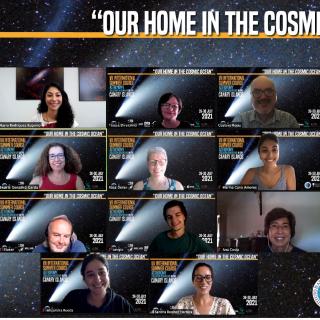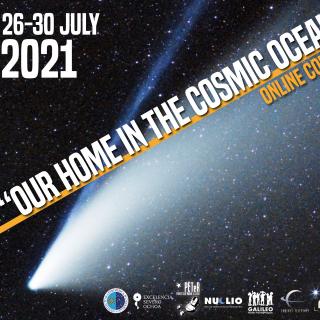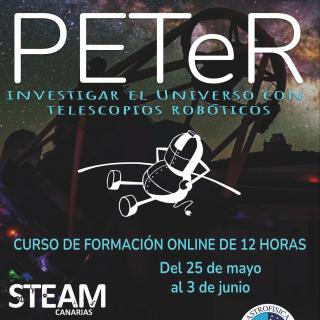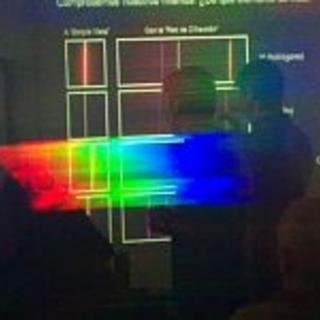Liverpool Telescope
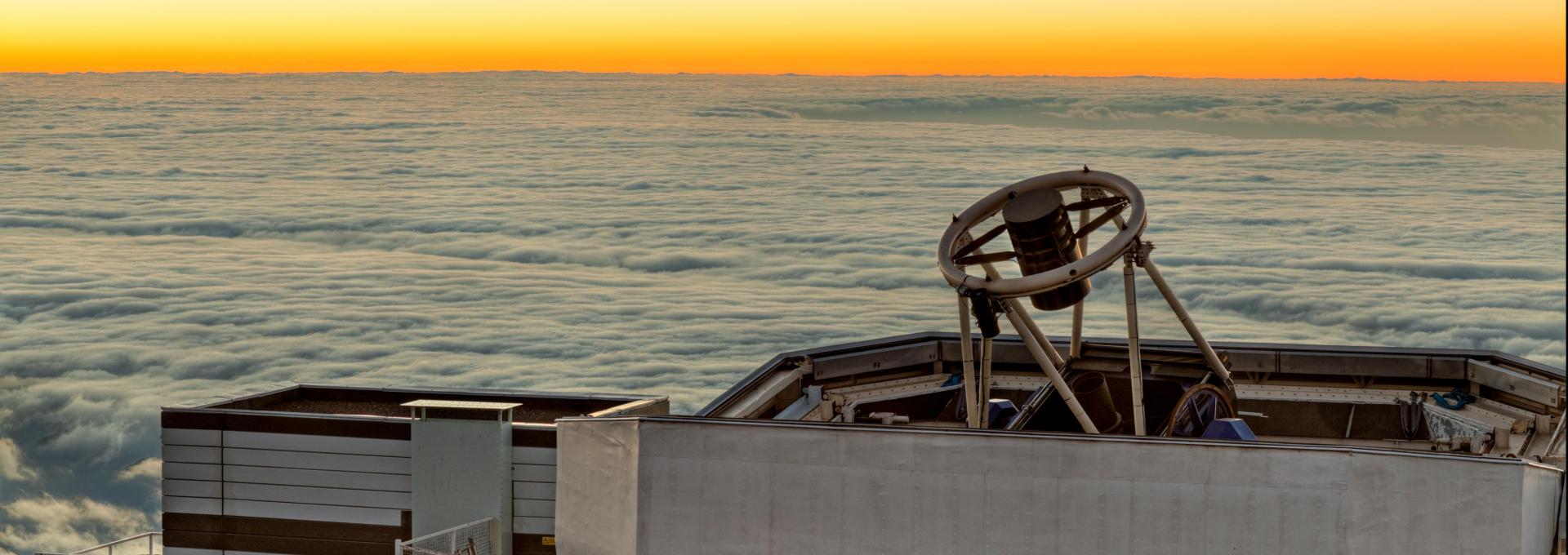

The Liverpool Telescope is a 2 metre diameter optical astronomical telescope, constructed especially for robotic use. The telescope is especially to study variable astronomical phenomena, sources which vary on timescales between seconds and years. These include variable stars, accretion disks around blackholes, neutron stars, white dwarf stars; quasars and active galactic nucleii; gravitational lenses, and moving targets like asteroids and comets. Most interesting, the telescope has a rapid reaction mode to study transient targets including novae, supernovae, and the optical counterparts of gamma-ray burst sources. These are the brightest and highest energy sources in the universe, and their brightness allows us to observe them even if they occur at great distances and high redshifts, provided that we can observe them very soon after they occur.
The telescope is operated by Liverpool John Moores University, but observing time is available to the UK and Spanish communities through their normal time allocation committees, and will be available to European astronomers through Opticon.
The Liverpool Telescope is a 2.0 metre reflecting telescope with Ritchey-Chretien optics operated at the Cassegrain focus. The telescope is built to operate at optical and near infra-red wavelengths. The engineering of the telescope is similar to many of the other large telescopes at the Observatorio del Roque de los Muchachos, but what is unique it its mode of operation. it is normally operated with nobody in attendance, either remotely from Liverpool for the purposes of public observing sessions, or more often in robotic mode, when the programme of the telescope and what it is observing is entirely under the control of computer software. Planned observations are entered into a queue, and are chosen by the software at the best time for those observations to be done, allowing for the different requirements of different projects in terms of frequency of observations, the observing conditions under which the observations can be done (for example some can be done in moonlight and some cannot). Occasionally the programme will be interrupted by an important transient event, notified to the telescope by a space mission or another ground-based telescope, and the Liverpool Telescope will break off from its programme to observe the transient event, and then resume its normal programme afterwards. So the observation which is interrupted is not lost, but only slightly delayed.
The Liverpool Telescope was begun as a joint project of Liverpool John Moores University, and the Royal Greenwich Observatory in 1996, with funding from the European Regional Development Fund and from the UK government through the Particle Physics and Astronomy Research Council (PPARC). A new company, Telescope Technologies Limited, was set up in Birkenhead near Liverpool to build the telescope, and to seek contracts for other telescopes, so far this company has built a total of four more telescopes, all very similar to the Liverpool Telescope. The others are in India, Hawaii, Australia and China.
The telescope saw first light in July 2003, and began science operations in January 2004. The Robotic Control System was installed in April 2004, and since December 2004 it has been running with no observers at night for most nights.
The Liverpool Telescope has already begun its primary tasks of monitoring the brightess of Novae, Supernovae and Gamma Ray Bursts. Scientists from Liverpool John Moores University are involved in this work, but there are also teams from the University of Manchester; Imperial College, London; Durham University; the University of Hertfordshire; the Instituto de Astrofisica de Andalucia; and Ljubljana involved.
